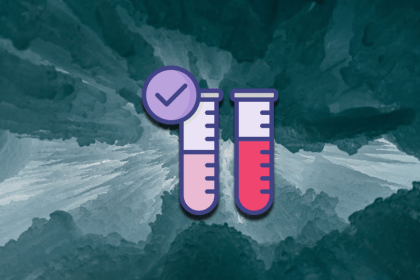
Effective market segmentation ensures that products are highly personalized and tailored for specific customer segments.

The goal of continuous optimization is to assess the impact of the tests you ran and create capacity to keep working through the hypothesis.

In this article, you will learn what the five major dysfunctions for teams are and how to prevent them from damaging your team.

We sit down with Ying Chen to talk about product marketing methodologies, customer feedback, and using AI to drive business value.

Average order value (AOV) is the average amount your customers spend per purchase within a certain period.

Multivariate testing is a type of testing where multiple variables are tested at once, unlike A/B testing where only one variable is tested at a time.

The Tuckman model espouses strong leadership through five stages of group development: forming, storming, norming, performing, and adjourning.

The success of your product in the marketplace depends on user trust. The higher the trust, the more likely your customers are to choose you.

To focus on outcomes, product teams need to adapt their mindset to think outcome-first, get buy-in, and deliver on these outcomes over time.

A type 1 error, also known as a “false positive,” occurs when you mistakenly reject a null hypothesis as true.

Standardized, repeatable processes can greatly simplify your role as a project manager. One way to implement these processes is through the use of templates.

Chaos engineering is an approach to testing where hypothetical failures are intentionally introduced to see how your product responds.